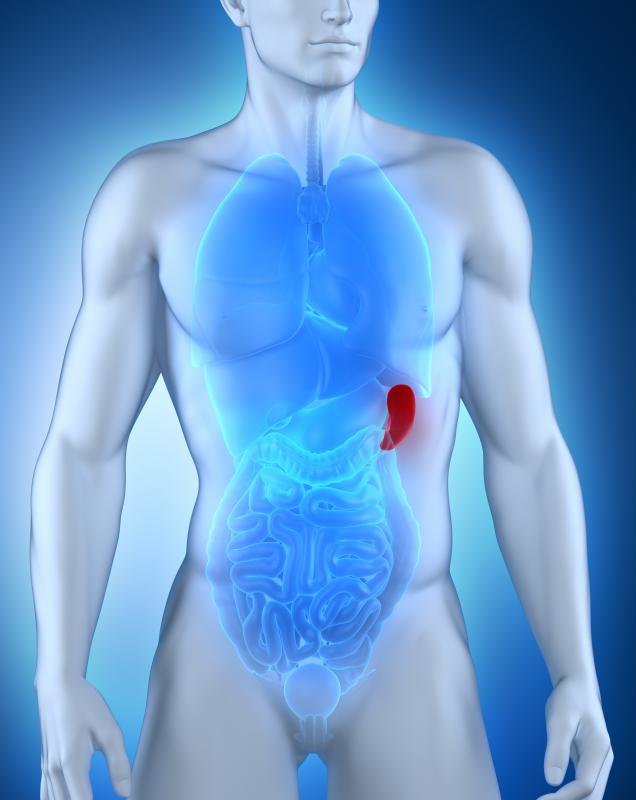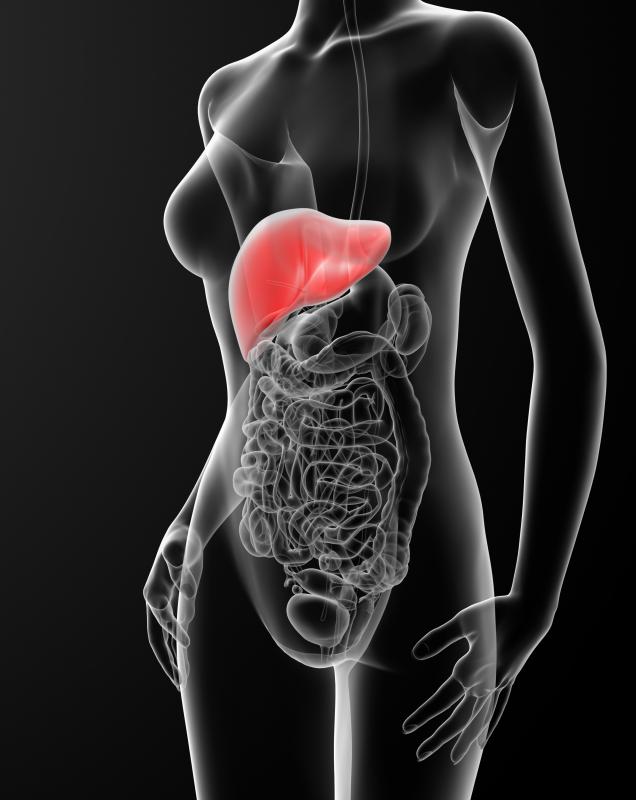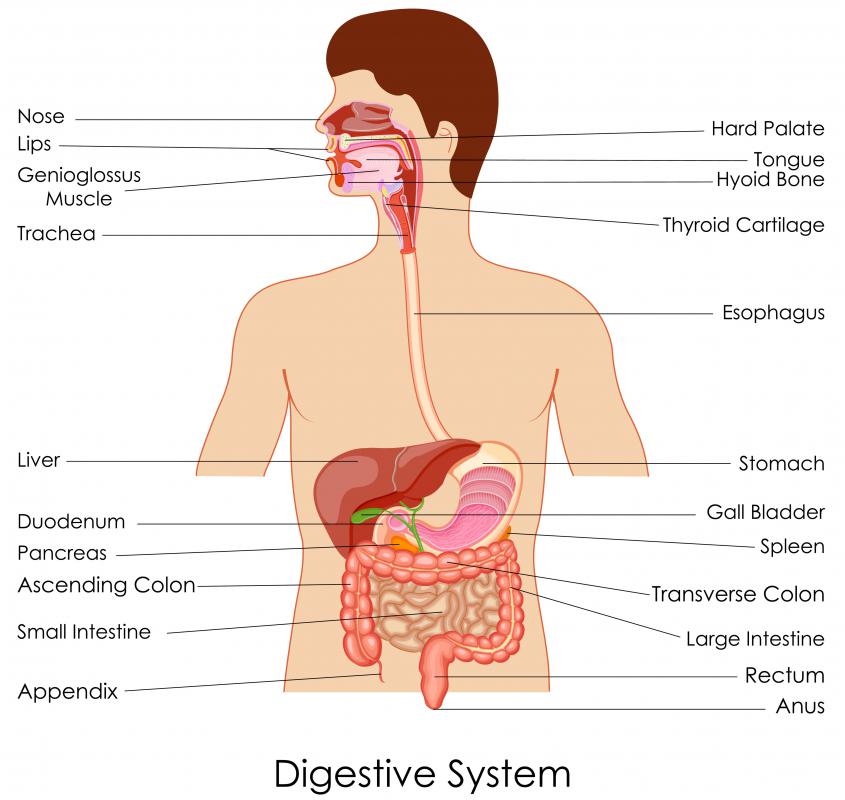At TheHealthBoard, we're committed to delivering accurate, trustworthy information. Our expert-authored content is rigorously fact-checked and sourced from credible authorities. Discover how we uphold the highest standards in providing you with reliable knowledge.
What Is Glucocerebrosidase?
Glucocerebrosidase is an enzyme, a protein that enables a chemical reaction to occur in the body. It is also known as glucosylceramidase. Glucosylceramidase activity causes the breakdown of glucocerebroside, a fat molecule used in the manufacture of blood cells. When blood cells come to the ends of their lives, the enzyme's action allows glucocerebroside to be recycled. In the disorder known as Gaucher disease, a lack of glucocerebrosidase causes glucocerebroside to build up in the body, preventing organs such as the liver, spleen and bone marrow from working properly.
Molecules of glucocerebroside are released when old white blood cells and the membranes of red blood cells are broken down. Glucocerebroside is a type of fat known as a glycolipid. When the enzyme glucocerebrosidase is missing and glycolipid accumulates inside body organs, enlargement of the spleen and liver may develop together with lung disease and bone problems. Other organs such as the skin may be affected, and glucocerebrosidase deficiency can give rise to three different forms of Gaucher disease, all with different collections of symptoms.

Mutations in the gene for glucocerebrosidase are thought to give rise to Gaucher disease. Glucocerebrosidase mutations have also been identified in some patients with Parkinson's disease, which suggests that the mutations may be a risk factor for the condition. Gaucher is a progressive genetic disease, in that it is inherited and worsens over time, although the three main subtypes have varying outlooks. It is an autosomal recessive condition, which means that a mutated gene must be inherited from both parents before a child will develop the disease.

Type 1 Gaucher disease is the most common subtype, and patients may experience mild or severe symptoms or, in some cases, no apparent symptoms. Anemia, enlargement of the liver and spleen, fractures and bone pain may be experienced. There may also be problems with blood clotting, leading to nose bleeds and easy bruising. Those with more severe symptoms tend to be diagnosed earlier in life. The outlook varies according to the severity of the condition, and treatment with glucocerebrosidase enzyme replacements allows some patients to attain a normal lifespan.

In type 2 Gaucher disease, glucocerebrosidase deficiency leads to glycolipid disrupting the nervous system and this typically leads to death in infancy. The third type of Gaucher disease is usually diagnosed in childhood, and symptoms involve the nervous system, bones, liver and spleen. Treatment with enzyme replacement therapy may be carried out and some patients survive into adulthood.
AS FEATURED ON:
AS FEATURED ON:














Discuss this Article
Post your comments